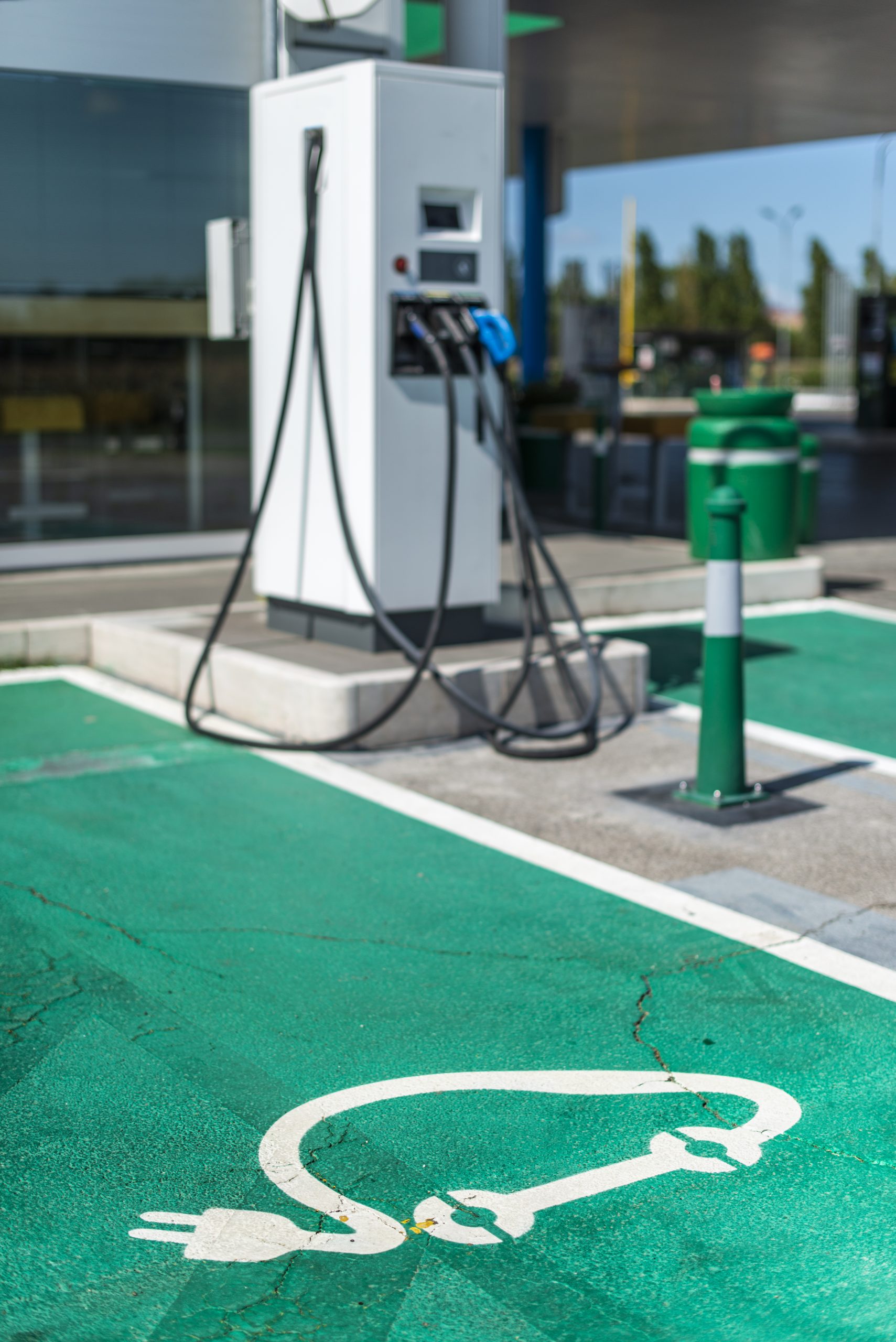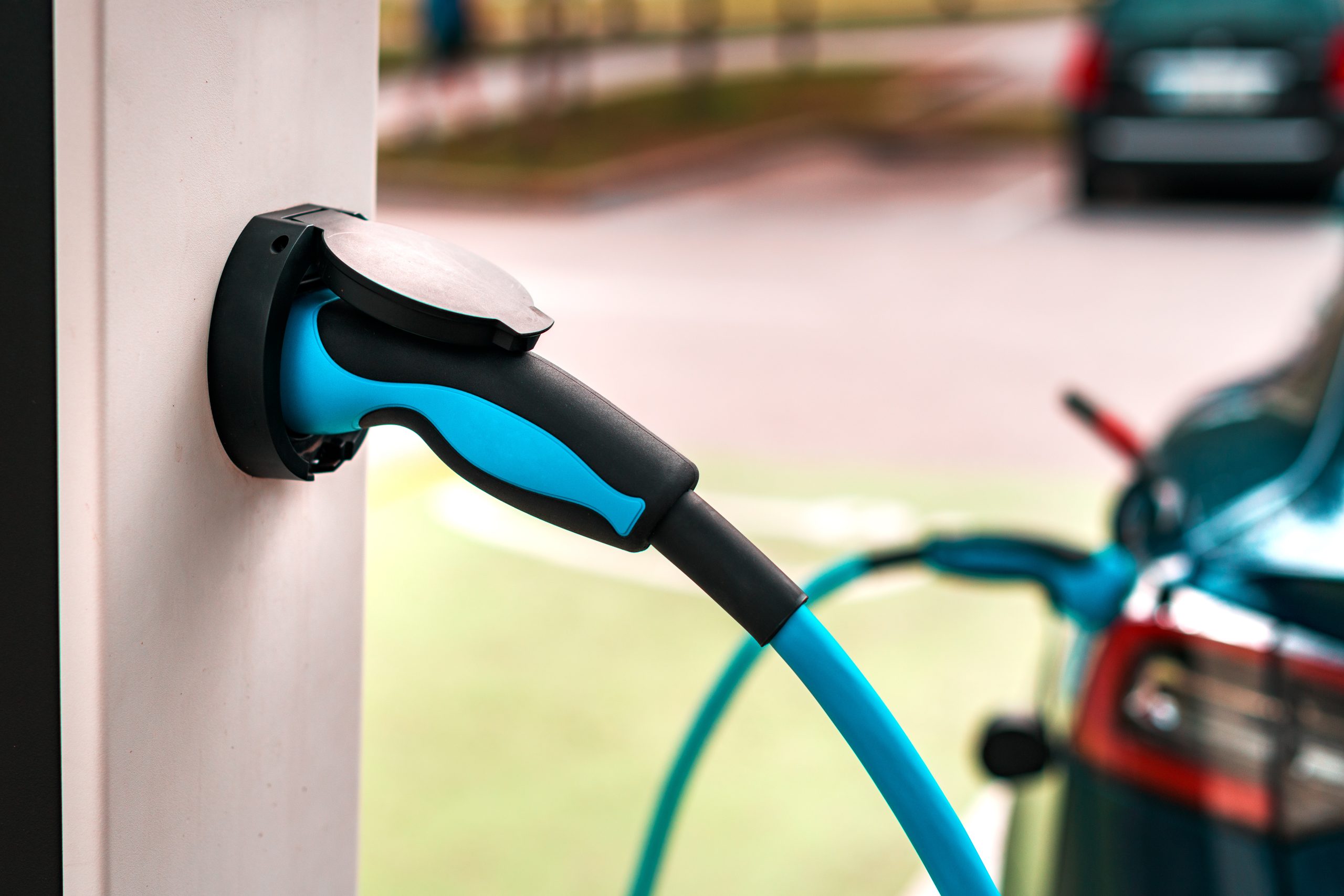How long can an EV sit without charging and how quickly will it lose charger?
One of the most common questions for EV owners is how long can an electric car sit without being charged and how quickly they lose charge.
The answer to this question depends on several factors, including the make and model of the electric car plugged in, the condition of the battery, and how much charge was in the battery before it was parked. According to EV Adept, over 14 days, an EV’s battery may discharge by as much as one percent if the battery is completely not filled with enough charge beforehand. However, some EVs can go for months without being charged if the battery is in good condition and charged to the appropriate level.
In this article, we will explore how long an EV can be left without being charged, what factors can affect electric vehicles and battery life, and how to maintain an EV’s battery to ensure it lasts as long as possible. Whether you’re a new EV owner or thinking about purchasing one, understanding how to take care of the battery is essential to getting the most out of the electric car running your vehicle.
The Basics of EV Battery Life
One of the biggest concerns for EV owners is the battery life of their vehicle. So lets take a look at the basics of EV battery life, including battery degradation, energy consumption, and battery warranty.
Battery Degradation
Battery degradation is a natural process that occurs over time as the battery cells are charged and discharged. This process can be accelerated by factors such as high temperatures, frequent fast charging, and deep discharging. As the battery degrades, its capacity to hold a charge decreases, which can result in a reduced range for the vehicle.
The rate of battery degradation varies depending on several factors, including the make and model of the vehicle, the type of battery, and the driving habits of the owner. For example, lithium-ion (Li-ion) batteries, which are commonly used in EVs, can degrade by around 2-3% per year under normal driving conditions. However, some manufacturers, such as Tesla, claim that their batteries can degrade at a slower rate, with only around 10% degradation after 160,000 km of driving.
Battery Warranty
Most EV manufacturers offer a battery warranty to cover the cost of replacing a degraded battery. The length of the warranty and the terms and conditions can vary depending on the manufacturer and the specific model of the vehicle.
For example, Tesla offers an eight-year or 240,000 km warranty on the battery and drive unit for its Model S and Model X vehicles. Nissan, which uses a different type of battery in most electric cars except its Leaf model, offers an eight-year or 160,000 km warranty on the battery capacity loss below nine bars out of 12. Toyota’s warranty for pre-2020 Prius models covers the hybrid battery and electric motor for either 10 years or 150,000 miles in states that have adopted California emission standards, or 8 years/100,000 miles elsewhere.
It is important to note that battery warranties typically only cover defects in the battery or a significant loss of capacity. They do not cover normal wear and tear or damage caused by factors such as accidents, misuse, or neglect.
How Long Can You Leave an EV Without Charging?
According to MotorBiscuit, electric vehicles should lose only around 2-3% of the battery charge every month under ideal conditions. However, if the car stays parked for extended periods of several months, the battery depletion may grow, and the loss lose charge may increase. Therefore, it is recommended to check the vehicle’s charge level and ensure it remains between 20% and 80% to preserve the battery life.
EV Models and Battery Capacity
The amount of time an EV parked electric car can sit without charging depends on the EV model and its battery capacity. For electric car batteries for instance, a Tesla Model S Long Range can go up to 402 miles on a single charge, while a Nissan Leaf can only go up to 150 miles. Therefore, a Tesla Model S Long Range can sit without charging for a longer time than a Nissan Leaf.
Battery Charge Level
The battery charge level is another factor that determines how long an EV can sit without charging. If an EV’s battery is fully charged, it can sit without charging for a longer time than if the battery is partially charged. According to Plugin Report, an electric car can sit for months without charging if the battery power is at about 50% and it is not exposed to temperatures above 100 degrees F during that time. However, leaving the electric car battery on power too high or low while electric car sitting parked will damage the battery cells, causing them to wear out sooner.
Power-Saving Mode
Some EVs have a power-saving mode or deep sleep mode that helps to conserve battery power when the car is not in use. This mode shuts down most of the car’s systems, reducing the amount of power the car consumes. According to EVision, a fully charged EV can the car sit without charging for months if the battery is fully charged, and the car is put into a power save mode or deep sleep mode if equipped. This mode helps to minimize the amount of power the car consumes, thus prolonging the time the car can sit without charging.
Overall, the amount of time an EV can sit without charging depends on the EV model, its battery capacity, the battery charge level, and whether the car has a power-saving mode. EV owners should ensure that their electric cars’ are charged to an appropriate level and parked in a suitable location to prolong their battery life, conserve power, and prevent damage to the battery cells. Electric vehicles can sit for a reasonable amount of time without being charged, but it is essential to check the charge level of electric car regularly and ensure it remains between 20% and 80% to preserve the battery life of electric systems. By doing so, drivers can enjoy the benefits of owning an EV without worrying about battery degradation or range anxiety.
Factors Affecting EV Battery Life
Electric vehicles (EVs) are becoming increasingly popular as more people are looking for eco-friendly and cost-effective alternatives to traditional petrol and diesel cars. However, one question that many EV owners have is how long they can leave their cars without charging. The lifespan of an EV battery depends on several factors, including temperature, weather, storage, and electric car owner’ charging habits.
Temperature
Temperature is one of the most critical factors affecting the lifespan of an EV battery. Extreme temperatures, whether hot or cold, can damage the battery and reduce its lifespan. High temperatures can cause the battery to degrade faster, while cold temperatures can reduce its capacity and performance. It is recommended to park EVs in a climate-controlled environment, such as a garage, to protect the battery from direct sunlight and extreme temperatures.
Weather
Weather conditions can also affect the lifespan of an EV battery. For example, leaving an EV parked outside in cold weather for an extended period can cause the battery to drain faster. On the other hand, regenerative braking can help extend the battery life of an EV by converting kinetic energy into electrical energy, and charging capacity, but this feature may not work well for electric car parked in wet or slippery conditions.
Storage
Storage is another factor that can affect the lifespan of an EV battery. Leaving an EV unplugged for an extended period can cause the battery to lose its charge and eventually become damaged. It is recommended to store EVs with a charge level between 40% and 60% to prevent overcharging or undercharging. EV owners should also ensure that their cars are stored in a safe and secure location to prevent theft or damage.
Charging Habits
Charging habits can also affect the lifespan of an EV battery. Overcharging or undercharging can cause the battery to wear out faster, reducing its lifespan. It is recommended to use the manufacturer’s recommended charging network and charging level to ensure that the battery is charged optimally. EV drivers should also avoid charging their cars to 100% unless necessary, as this can cause the battery’s longevity to degrade faster.
In summary, several factors affect the lifespan of an EV battery, including temperature, weather, storage, and charging habits. EV owners should take steps to protect their batteries from damage, such as parking in a climate-controlled environment, storing with a charge level between 40% and 60%, and using the recommended charging network and charging level. By following these guidelines, EV owners can help extend the lifespan of their batteries and reduce the cost of battery replacement.








